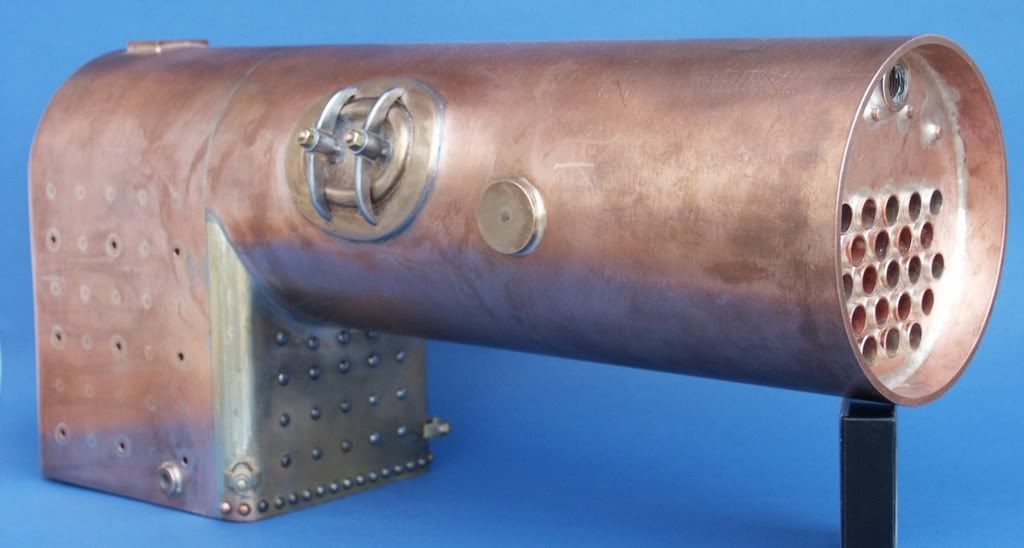This is another UK/USA difference, we tend to say silver solder but in the US its Silver braze.
Hi Jason an all,
Well I think it's a matter of yer pays yer money and yer takes yer seat. In the USA, whether it's silver solder or silver braze, depends upon who you talk to. Generally speaking it tends to be a matter of age. I'm in my 60s and for decades none of my mentors or peers called it anything but silver solder and there was no mistake about what was meant. "Brazing" to us, and all who went before, meant oxy-acetyl welding using brass filler rod (the braze.) Also if "silver solder" was good enough for the manufacturer of one of the most widely used ranges of silver solders (per the photo) it was good enough for us old dudes.
Then a change appeared in the marketplace - DIY shops began selling silver "bearing" solders which as we all know are nothing more than a soft solder with a dusting of sliver to keep it bright. The claims, which were eventually corrected, were sometimes brash, like "having the strength of silver brazing, without the heat." Coincidentally the number of newcomers to live steam in the USA was on the rise and perhaps the largest increase per capita was in the Gauge 1 community. The next step for many of these was to attempt to build a loco, and along with it the boiler, and very quickly a misunderstanding arose about which was the required "silver" solder. Contributing to the problem was a general tendency by many newcomers to try to do everything as cheaply as possible. I'm a great believer in economy, but not at the expense of proper technique and, by extension, safety.
For some years I tried to act as a mentor in this area, and took a while for the reality of this to sink in for those who hoped to avoid the relatively more expensive equipment for silver soldering, and there was some resistance to proper solver soldering in some quarters, but eventually this was sorted out and now most of those folks understand what to use. As a result however the newer generations of live steam builders, especially in small scales, have the tendency is to call it silver brazing to distinguish between a true silver solder and a silver
bearing solder. It depends upon who you talk to.
BTW, I once fancied building a Minnie, which I liked very much, but I thought if you are going that way why not go ahead and build the Allchin. And then I thought well if you are going to commit that kind if time to it why not go a head and go for 3" scale and at that point I had run out of lifetime and had "thought" myself right out of the project.













